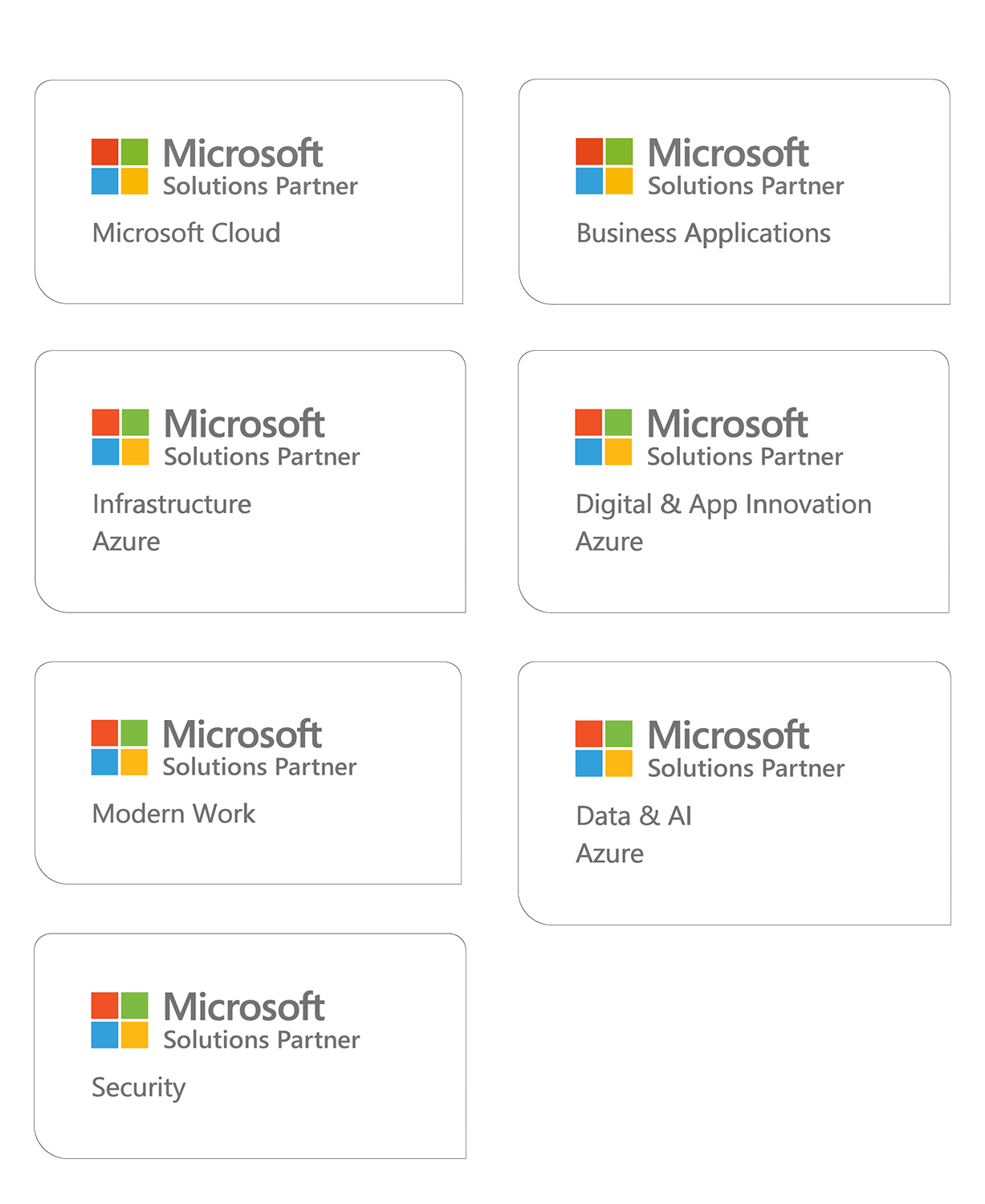Is your intranet project just a waste of time and money?
It is always exciting to start brainstorming with a customer on how to get their employees to use new tools for internal communications and modern work. The participants arrive to the first workshop slightly confused; often, they don’t even know what the fuss is all about or they think it’s just another tool training session.
The confusion only gets worse when I ask, ‘What is it exactly that you want to achieve with this renewal?’ At this point, some participants hide behind their laptop, whereas the Project Manager shows a PowerPoint that specifies the objectives of the deployment. The most common ones are:
- A new Intranet
- Migrating the Intranet to a new platform (since the old one is no longer supported)
- Deployment of cloud services (since the IT unit decided to make some cost savings in license and server costs)
Customers with a little more background knowledge want to:
- Launch an interactive Intranet
- Modernize information work, or
- Support mobile use
Those wishing to be at the cutting edge of information work proudly state that they want to take The Digital Leap.
But this answer falls short. I claim that the project could eventually bring tangible benefits to the table as well, even return on investment.
The deployment of modern tools is far too often overshadowed by the intranet itself. The intranet is seen as a waste of time or even as an investment that generates costs but does not improve the bottom line.
Decision-makers are still burdened by obsolete ideas of an intranet. An intranet is simply seen as a top-down information channel, a place where employees can read important news, travel rules or the principles of the quality system. Fortunately, different approaches are starting to emerge. One reason is software suites like Office 365 that draw all communication and work together into a coherent whole. Little by little, the intranet itself ceases to be the most important objective.
Business value is the only goal
No intranet project should be launched without a clear business benefit in sight. Without an articulated benefit, you cannot expect the management to allocate resources for the project, actively act as an example or guarantee that the employees can genuinely spend time for trainings.
It is also naïve to think that the staff would start learning a new tool among continuous overload and uncertainty, and would expose their own imperfections on a discussion forum – unless it provides clear benefits.
The adoption of new things in an organization follows a familiar pattern. A small fraction of people are immediately enthusiastic, try out the new gadgets and change their ways of working without any bigger problems.
An equal proportion of people occupy the other end of the spectrum: they will not embrace the change unless forced to, unless it is a precondition for their salary.
The rest of the staff will adopt the new tools, but it requires an effort from your part. A few training sessions and a quick guide are not enough.
The change requires long-term commitment and effort from the entire organization. When the users understand how the new tools will help them, the team and the entire company, they are willing to step out of their comfort zone to learn new things.
What's the point?
Initially, people view the benefits from the perspective of their own job. The benefits might include
- More sensible use of working hours: less e-mail, more efficient meetings, more customer service, sales and ideas.
- Instructions are easy to find, without a need to check whether the instruction is still valid.
- A genuine opportunity to participate in the development of our work and the service we provide.
The new way of working can also benefit the entire team
- Problems can be solved quicker by finding solutions, that are based on widely collected feedback, which makes the solution better
- Even if we are geographically dispersed, we feel like a team and enjoy working
The management can perceive the change as
- Quicker decision-making
- A clearer picture of the state of the company
- The ability to retain competent people
- Agility in changes
- Better customer satisfaction
- Return on investment
Does this sound like consulting fluff? It certainly does, if you are renewing your intranet platform without aspiring for a bigger change. But if you wish to find out how you could gain more than just the license and server savings, it pays to listen to the consultant who goes on and on about goals, even after the first coffee break.
Or, can you already tell me, what generates the return on investment in your intranet project?
Consultant, Digital Experience & Adoption
Sanna coaches our customers to recognize the benefits of deploying Office 365 and the work needed to realize these benefits. In her personal phone, she refuses to install any applications that don’t help her to manage the challenges of her life with three teenage children, a dog and a mobile job.


